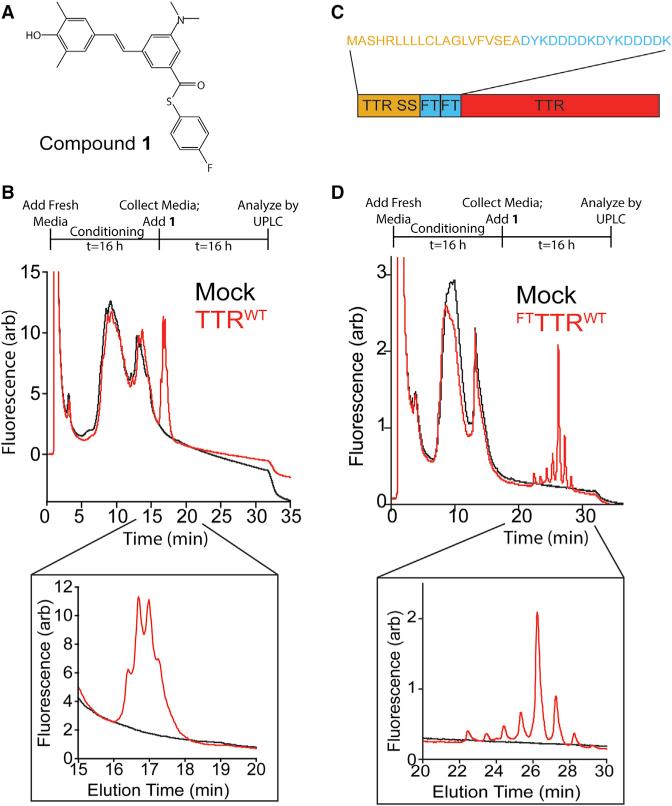Figure 1. Secreted TTR Tetramers Can Be Detected in Conditioned Media by Compound 1 Conjugate Fluorescence.
(A) Structure of the fluorogenic TTR kinetic stabilizer compound 1 (Choi et al., 2010). This molecule covalently reacts with TTR through amide formation to Lys15, liberating the p-fluorothiophenol moiety and resulting in compound 1-TTR conjugate fluorescence.
(B) Plot showing the compound 1-TTR conjugate fluorescence of media conditioned for 16 hr on mock-transfected HEK293 cells (black) or HEK293 cells expressing TTRWT (red) separated by UPLC anion-exchange chromatography. Compound 1 (10 μM) was incubated with conditioned media for 16 hr prior to analysis. The inset shows compound 1-TTR conjugate fluorescence for the peaks corresponding to TTRWT. The experimental protocol is described above.
(C) Image showing the FTTTR sequence containing the TTR ER signal sequence (SS), two FLAG tag sequences, and the TTR coding sequence. The amino acid sequence for the signal sequence and tandem FLAG tag of FTTTR is shown above.
(D) Plot showing the compound 1-TTR conjugate fluorescence of media conditioned for 16 hr on mock-transfected HEK293 cells (black) or HEK293 cells expressing FTTTRWT (red) separated by UPLC anion-exchange chromatography. Compound 1 (10 μM) was incubated with conditioned media for 16 hr prior to analysis. The inset shows compound 1-TTR conjugate fluorescence for the peaks corresponding to FTTTRWT. The experimental protocol is described above.

